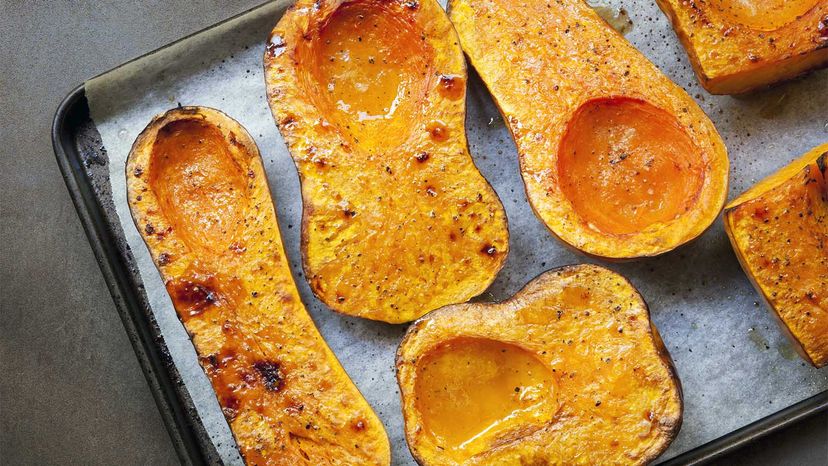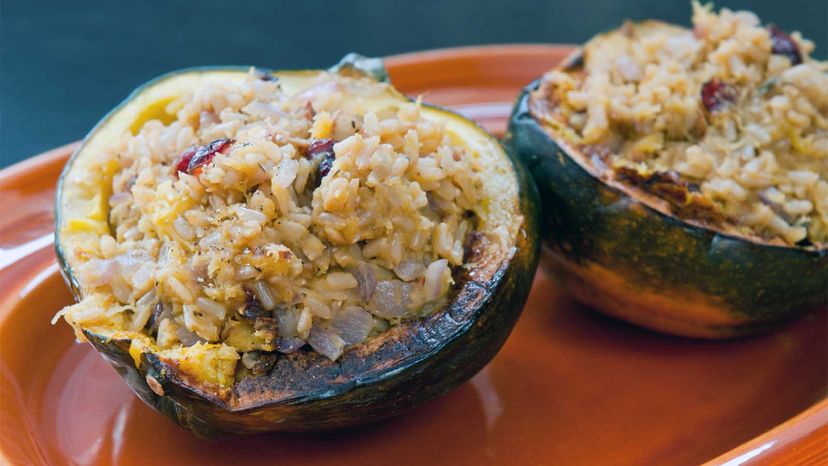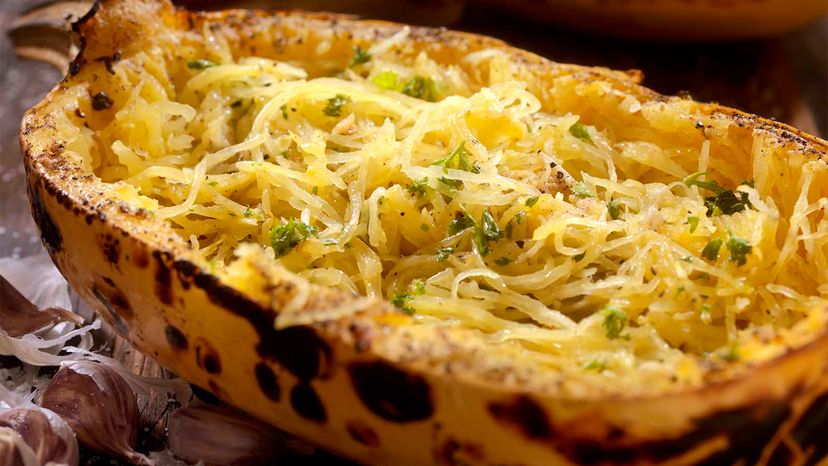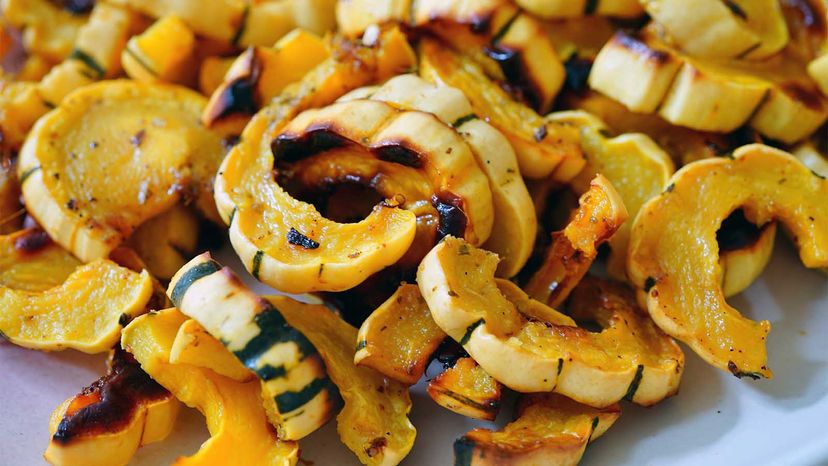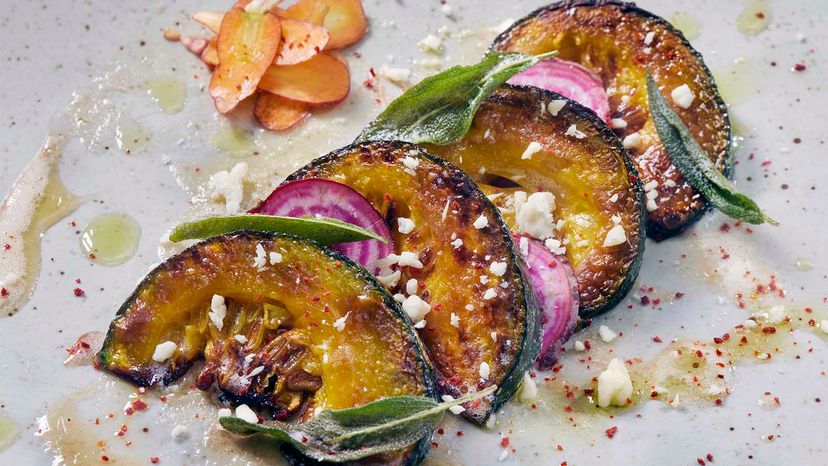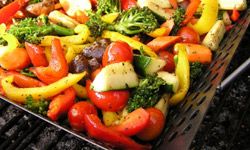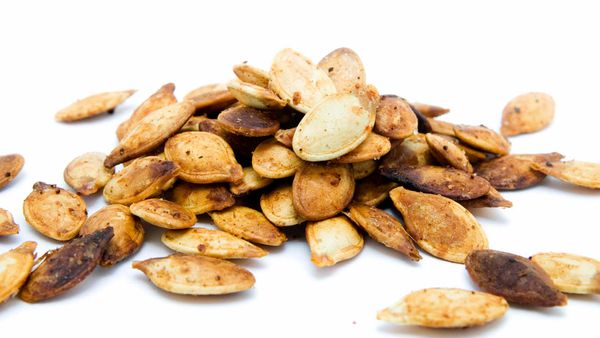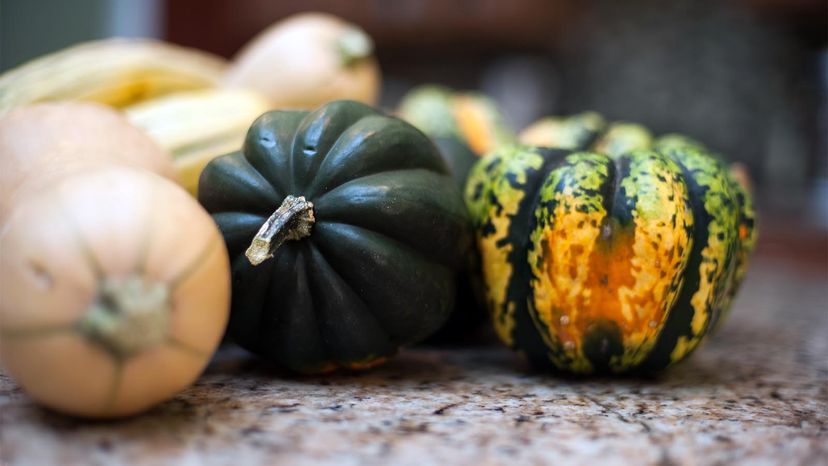
If you miss eating fresh summer veggies during the winter months, then you don't know your winter vegetables. Let us introduce you to winter squash. These gourds are ideal for roasting, grilling and making hearty soups — everything you want to eat during the coldest season of the year.
Winter squashes are actually grown in the summer months. They require a long growing season of 75 to 100 growing days and harvested in late fall. The "winter" in winter squash comes from the fact that some varieties, including butternut keep through winter if you store them in a cool, dark place — about 40 to 50 degrees Fahrenheit (4.4 degrees to 10 degrees Celsius).
Advertisement
"You store [them] in a dark, cool environment with a pretty steady temperature," Sarah Mobley says. She's the co-founder of Thyme to Party, an edible and ecological landscaper business in Atlanta. Mobley recommends washing your winter squash before storing them, ideally in your kitchen or basement — somewhere without too much humidity.
Choosing the right winter squash at the grocery store is similar to harvesting it in a garden, Mobley says. "A good indicator for knowing when winter squashes are ready to harvest is when the color deepens and the rind hardens so that it dents (but doesn't break) when you press your thumbnail into it," she says.
There are so many different varieties of squash, it's easy to get overwhelmed. So, what kinds should you try, and how do you prepare them? Here are five types of winter squashes and how to pick and prepare them.
Advertisement
